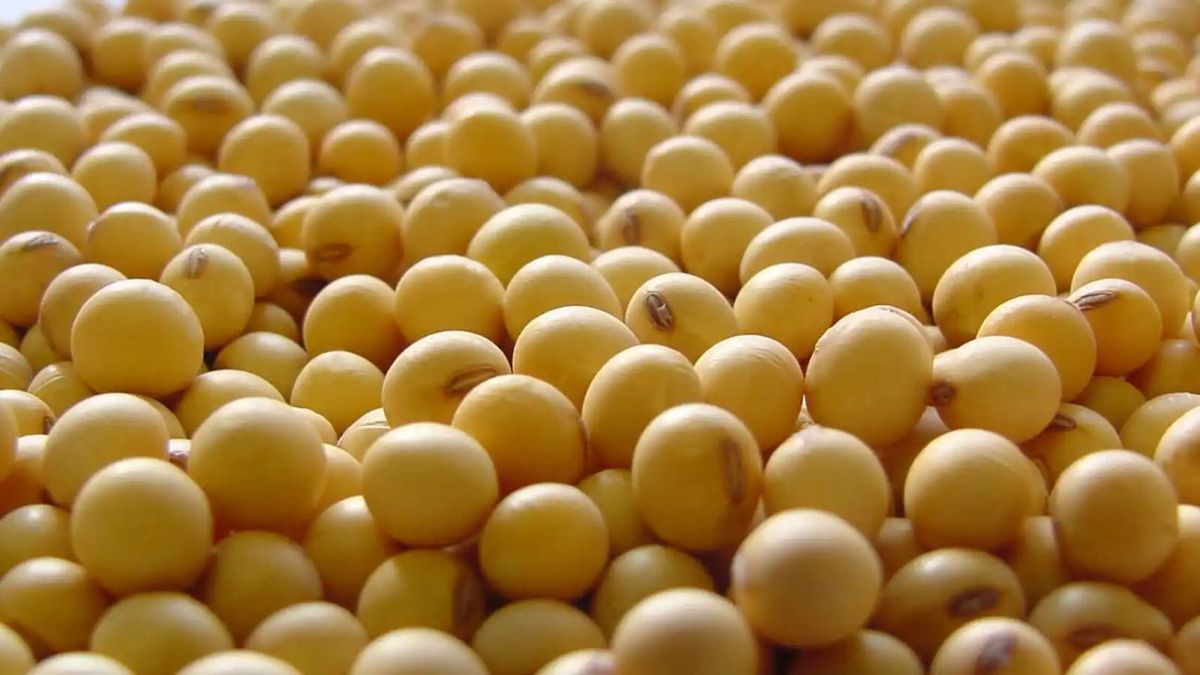And it is that, as Jacqueline Holland, an analyst at Farm Futures, pointed out to Bloomberg, the rains forecast in Argentina for this week “are probably not enough to offset the sweltering temperatures”.
The expert pointed out that the Argentine soybean crop is in the maximum stages of reproduction at this time, so it is likely that excessive heat is stunting performance prospectsas well as exacerbating the heat stress the crop has already endured this season.
In this context, corn for March gains 3.25 cents to reach US$6.81 per bushel, also a record price in the last month.
And it is that Argentina is an important producer of soybeans and corn, as well as the world’s largest exporter of soybean products, including soybean oil and meal. Argentine corn exports should fall by around 40% year-on-year between March and June, the Rosario Grain Exchange said on Friday.
Don Roose, president of US Commodities, said that “the key is to see if the larger (soybean) crop in Brazil starts to offset the situation in Argentina.” This is based on the fact that concerns about Argentina overshadowed market pressure from active fieldwork in Brazil, where farmers are harvesting what is expected to be the largest soybean crop ever.
Brazilian growers have harvested 25% of the soybean area planted for 2022/23 as of last Thursday, agribusiness consultancy AgRural said on Monday.
Waiting for the renewal of a “saving” agreement
On the other hand, there is also an expectation for the possible renewal of an agreement that will allow Ukrainian grain exports through the Black Sea. It is scheduled for mid-March.
This is key at a time when the first anniversary of the Russian invasion of Ukrainewhich caused soybean and oil prices to rise as the country is a key supplier to Europe.
Russian President Vladimir Putin promised on Tuesday that continue with the invasion until Russia has achieved its targets and, from the UK Agriculture and Horticulture Development Board, they warned that “the markets are accumulating some price risk due to concerns about whether or not this agreement will be extended”.
The market is also waiting later this week for initial estimates of 2023 planting from the US Department of Agriculturewith a Bloomberg survey pointing to a likely increase in domestic soybean acreage.
Against that backdrop, soybean price volatility is expected to continue as Chicago March soft red winter wheat is down 11 cents to $7.5475 a bushel, pressured by a firmer dollar and competition from export suppliers from the Black Sea.
* However, hard red winter wheat futures found support in dry conditions in the US Plains winter wheat belt.
* Operators are still assessing the prospects for the continuation of a Black Sea shipping corridor from Ukraine amid escalating fighting in eastern Ukraine. (Reporting by Julie Ingwersen in Chicago; additional reporting by Gus Trompiz in Paris and Naveen Thukral in Singapore; Editing in Spanish by Javier López de Lérida)
Source: Ambito
I am a 24-year-old writer and journalist who has been working in the news industry for the past two years. I write primarily about market news, so if you’re looking for insights into what’s going on in the stock market or economic indicators, you’ve come to the right place. I also dabble in writing articles on lifestyle trends and pop culture news.




